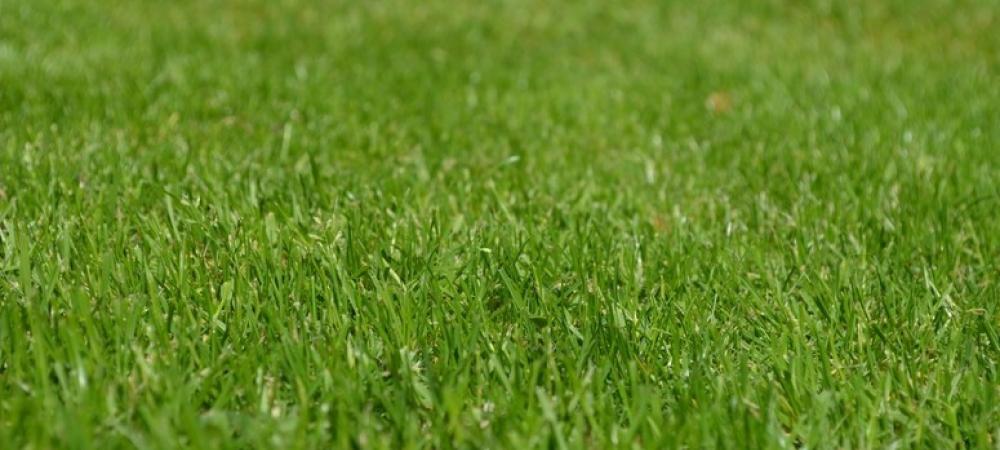What is Aeration and What are the Benefits of Lawn Aeration?

Have you ever wondered why your lawn sometimes looks lackluster, with patches of yellow or brown grass despite your best efforts? The answer might be simpler than you think—it could be due to poor soil aeration. In this blog, we'll explore the concept of aeration, what it entails, and why it's crucial for maintaining a healthy and vibrant lawn.
What is Aeration?
Aeration is the process of perforating the soil with small holes to allow air, water, and nutrients to penetrate the grassroots. Over time, lawns can become compacted due to foot traffic, heavy machinery, or natural settling. This compaction limits the movement of essential elements to the grassroots, hindering their growth and overall health.
Why Do I Need Aeration?
Enhanced Nutrient Absorption:
- Compacted soil restricts the movement of nutrients, preventing them from reaching the grassroots.
- Aeration promotes better absorption of fertilizers, ensuring your lawn gets the essential nutrients it needs for lush, green growth.
Improved Water Infiltration:
- Compact soil can become waterlogged, leading to poor drainage and the risk of diseases like root rot.
- Aeration helps water penetrate the soil more effectively, reducing the likelihood of waterlogging and promoting a healthier root system.
Enhanced Root Growth:
- With better access to air, water, and nutrients, grassroots can grow deeper and stronger.
- Stronger roots contribute to a more resilient and drought-tolerant lawn, capable of withstanding environmental stressors.
Reduced Thatch Buildup:
- Thatch, a layer of dead grass and roots, can accumulate on the soil surface and impede water and nutrient absorption.
- Aeration helps break down thatch, promoting its decomposition and preventing its buildup.
Enhanced Microbial Activity:
- Aerated soil encourages the activity of beneficial microorganisms that contribute to soil health.
- These microorganisms aid in breaking down organic matter, improving soil structure, and enhancing nutrient availability.
How Often Should I Aerate?
The frequency of aeration depends on various factors, including soil type, climate, and lawn usage. In general, lawns benefit from annual aeration, typically performed during the growing season. For heavily compacted soils or high-traffic areas, more frequent aeration may be necessary.
DIY Aeration vs. Professional Services:
While some homeowners opt for manual aeration using tools like spiked shoes or handheld aerators, professional aeration services offer a more comprehensive and efficient solution. Professionals use specialized equipment, such as core aerators, which remove small plugs of soil, creating larger channels for air and water infiltration.
In the quest for a lush and healthy lawn, don't overlook the importance of aeration. This simple yet effective practice can make a significant difference in the overall well-being of your grass, ensuring it receives the essential elements for robust growth. Whether you choose to tackle aeration as a DIY project or enlist the help of professionals, the benefits are sure to be evident in your vibrant, green lawn.
